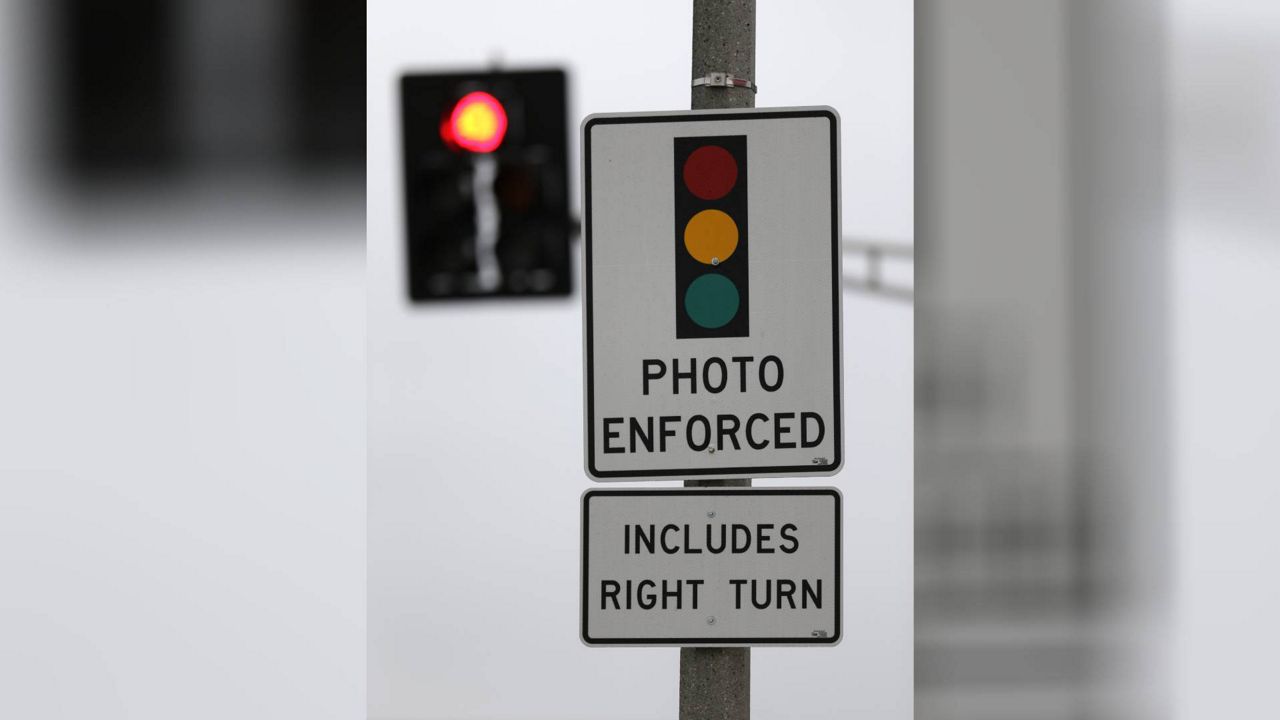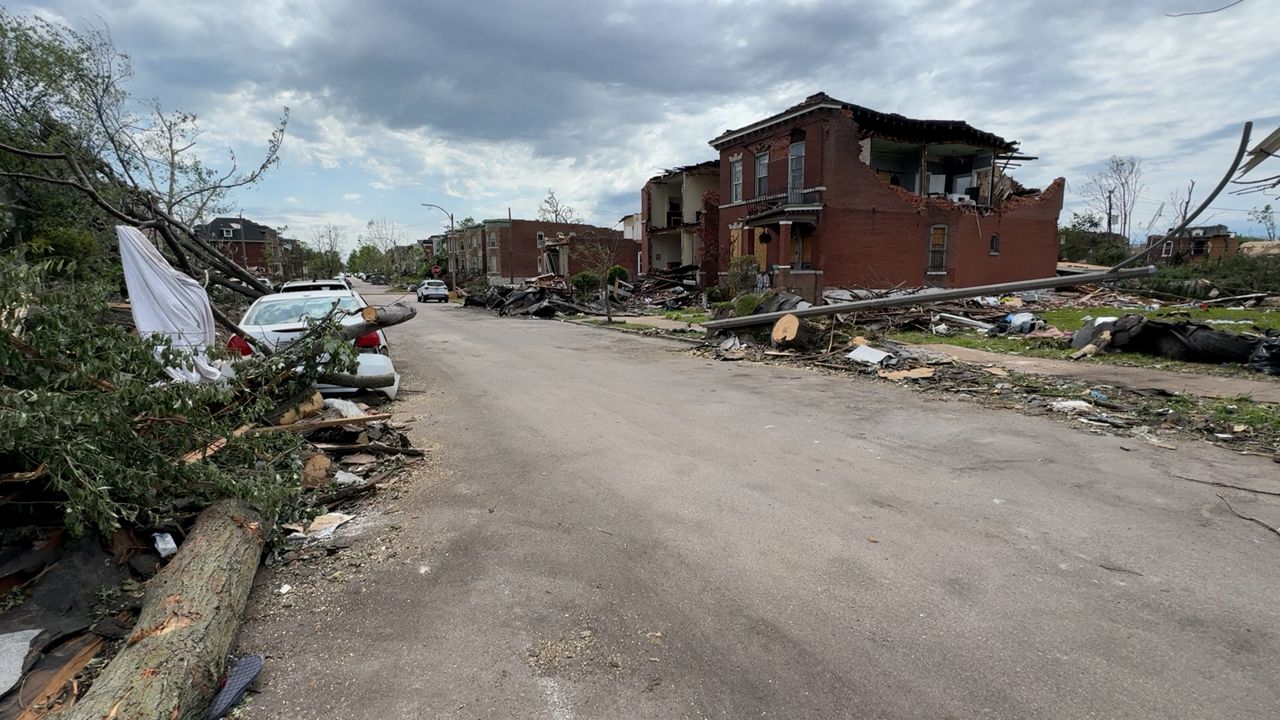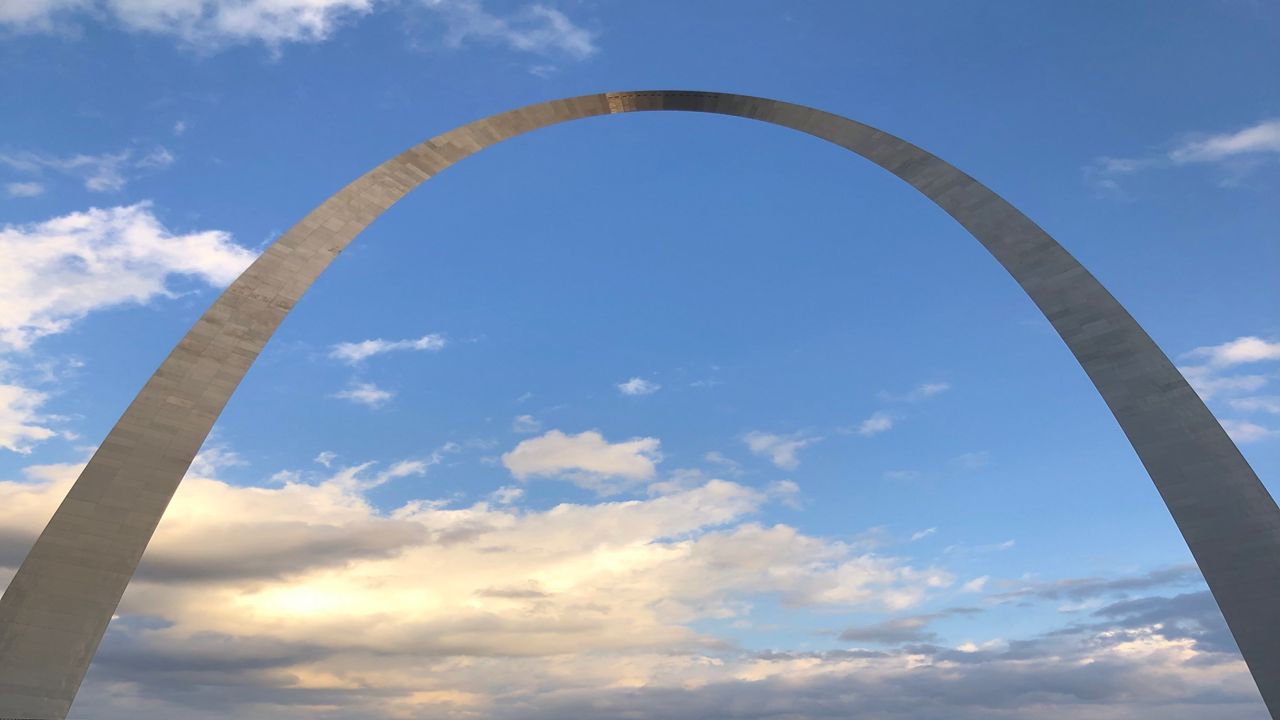ST. LOUIS—A little over eight years after the Missouri Supreme Court ruled the use of “red light” traffic cameras in the city of St. Louis was unconstitutional, city lawmakers are ready to try to authorize a new program that they say will use facial recognition and other methods to pass legal muster.
A Monday morning news conference on the legislation took place at St. Mary’s High School, less than half a mile from the scene of a double accident in November at South Grand and Taft. Speed was a factor, according to authorities.
“These things are all too common in our neighborhoods. There is only so many solutions that the city is able to employ,” said Alderman Shane Cohn who lives across from the school. He will file legislation Tuesday to reinstate a signal and speed enforcement program.
In August 2015, the state’s Supreme Court threw out the city’s prior statute because it shifted “the burden of persuasion onto the defendant to prove that he or she was not operating the motor vehicle at the time of the violation.”
“About 330 communities in 22 states are using automated traffic enforcement to hold drivers accountable and make roads safer. These programs lessen the burden on officers while reducing contact between police officers and people driving saving time and resources,” St. Louis Mayor Tishaura Jones said, citing studies that show Chicago’s camera program had an impact on driver behavior even outside of the boundaries where cameras were in use, and that only 19% of offenders in a New York City camera program re-offended.
Jones said St. Louis saw a 63% drop in red light violations while the cameras were in use from 2007-2013.
What will be different this time around to stay within the boundaries of state law? Technology. The cameras will use facial recognition and access other databases to confirm a driver’s identity before any citations or summonses are issued.
Companion legislation will address other concerns regarding civil liberties to make sure that they cannot use the cameras for surveillance and to protect the data collected.
All revenue from fines would pay for the program’s costs, driver education efforts and a Neighborhood Traffic Safety Improvement Fund, which would pay for traffic safety infrastructure on non-arterial roads.
The program would be under constant evaluation to make sure fines don’t fall disproportionately on communities of color, although Jones conceded Monday that it may be unavoidable at least in the beginning.
“We have to start somewhere. Right now we have a lot of people speeding and injuring people on our streets and doing reckless driving so we have to use this as a tool as one tool in our whole toolbelt of addressing our traffic violations within our current law.
Aldermanic Board President Megan Green expects the bills to pass with wide support.
“I think that the Board of Aldermen has been looking forward to this type of legislation for a long time. We’ve been hearing from our constituents that especially over the last few years that traffic violence in our city has reached a pinnacle, and folks want to see some action,” she said.
It’s too soon to know how many cameras would be used and where they would be located. A representative from Trailnet said the advocacy organization didn’t have a specific location or locations in mind.
“We’re seeing crashes all over St. Louis. If I was to show you my hotspot map of where crashes are happening, it’s everywhere,” said Cindy Mense Trailnet CEO. “I think looking at the data and absolutely applying it throughout St. Louis and not just one particular area we are seeing these violations happening everywhere.”









)